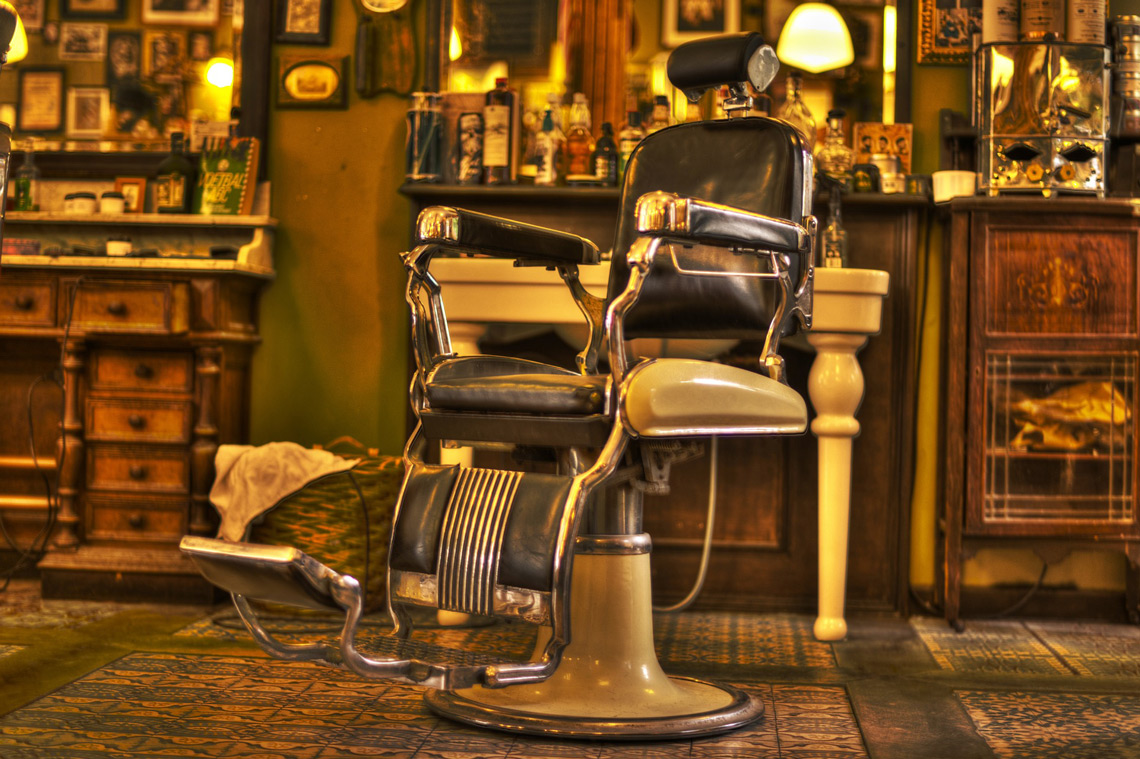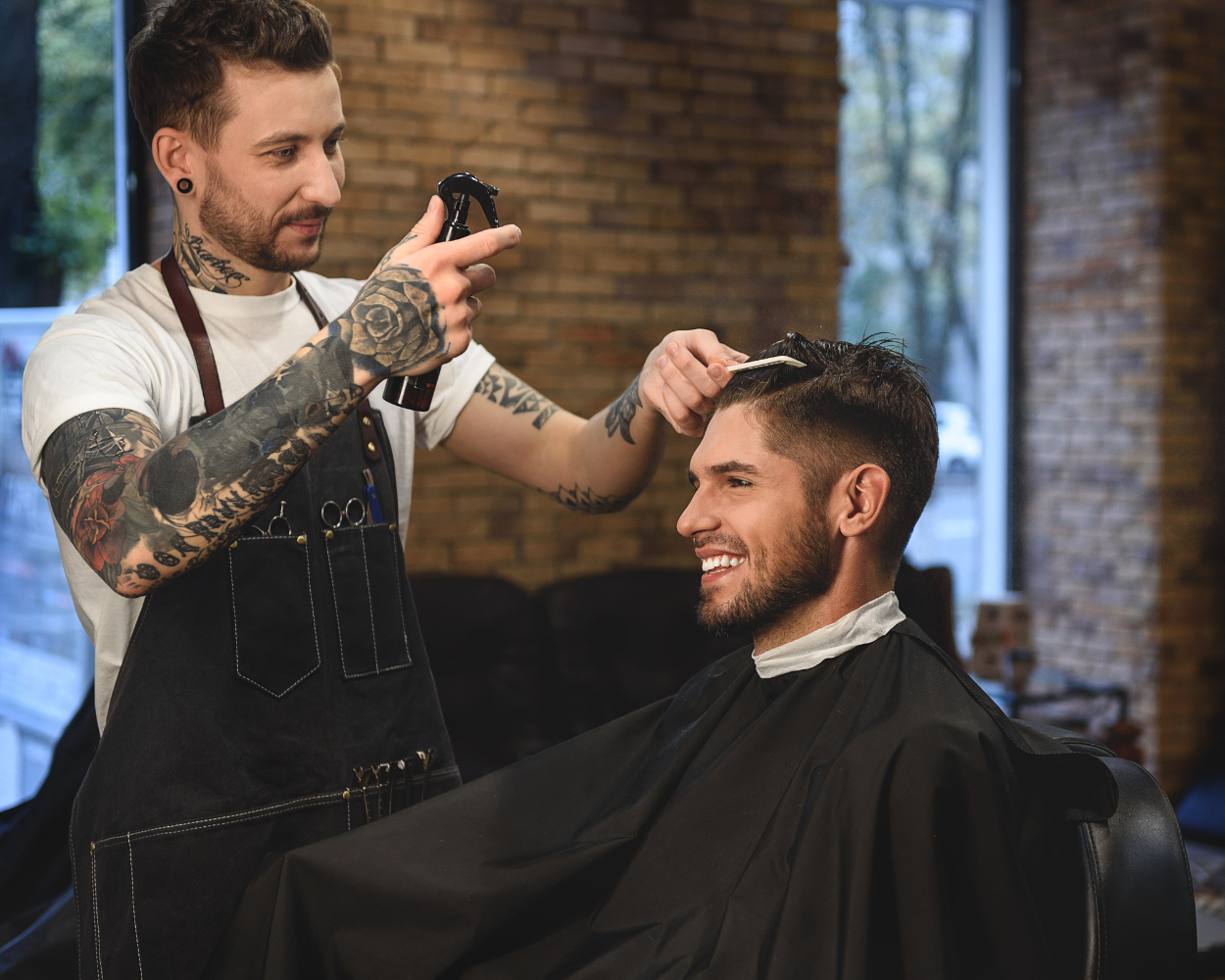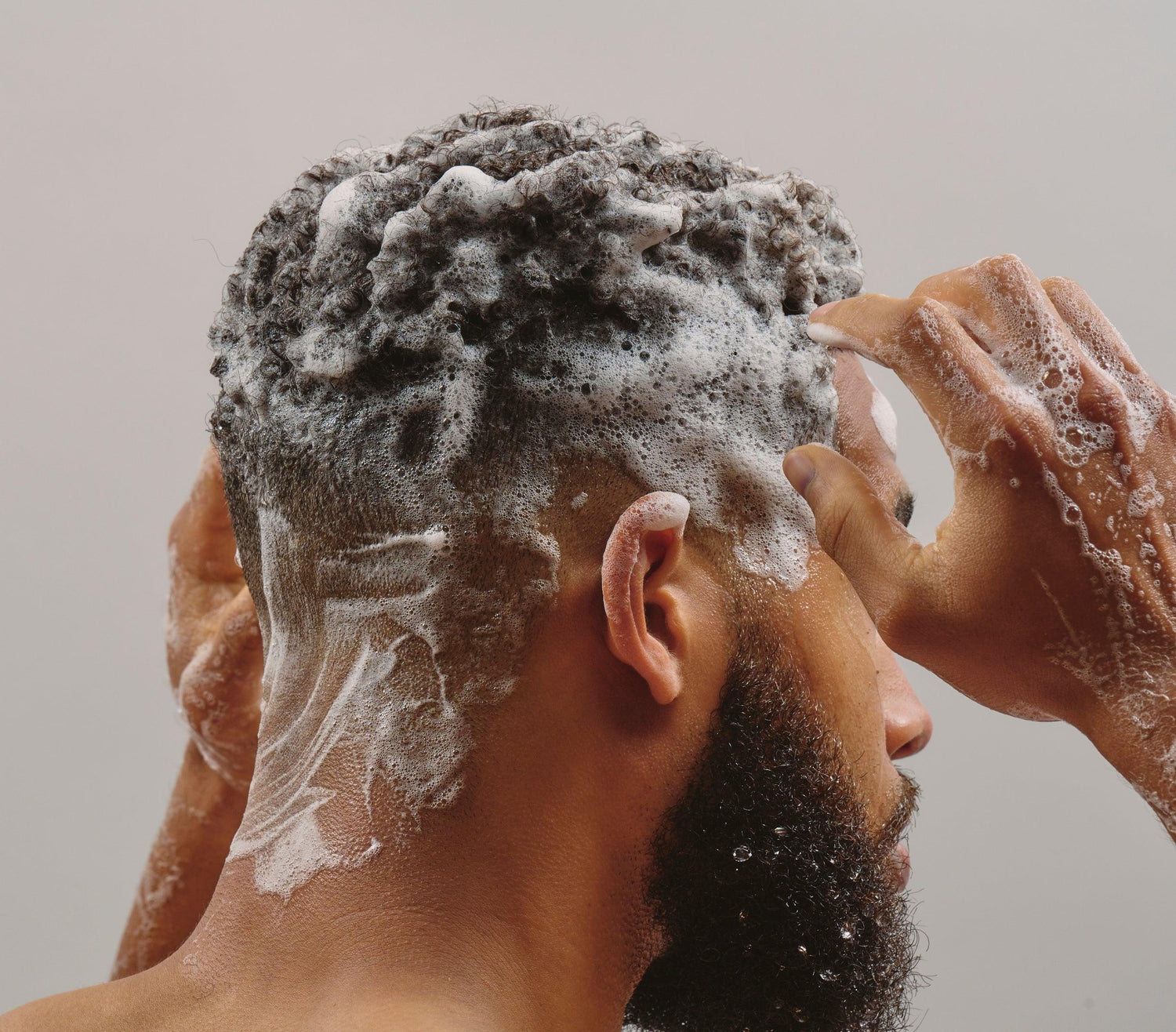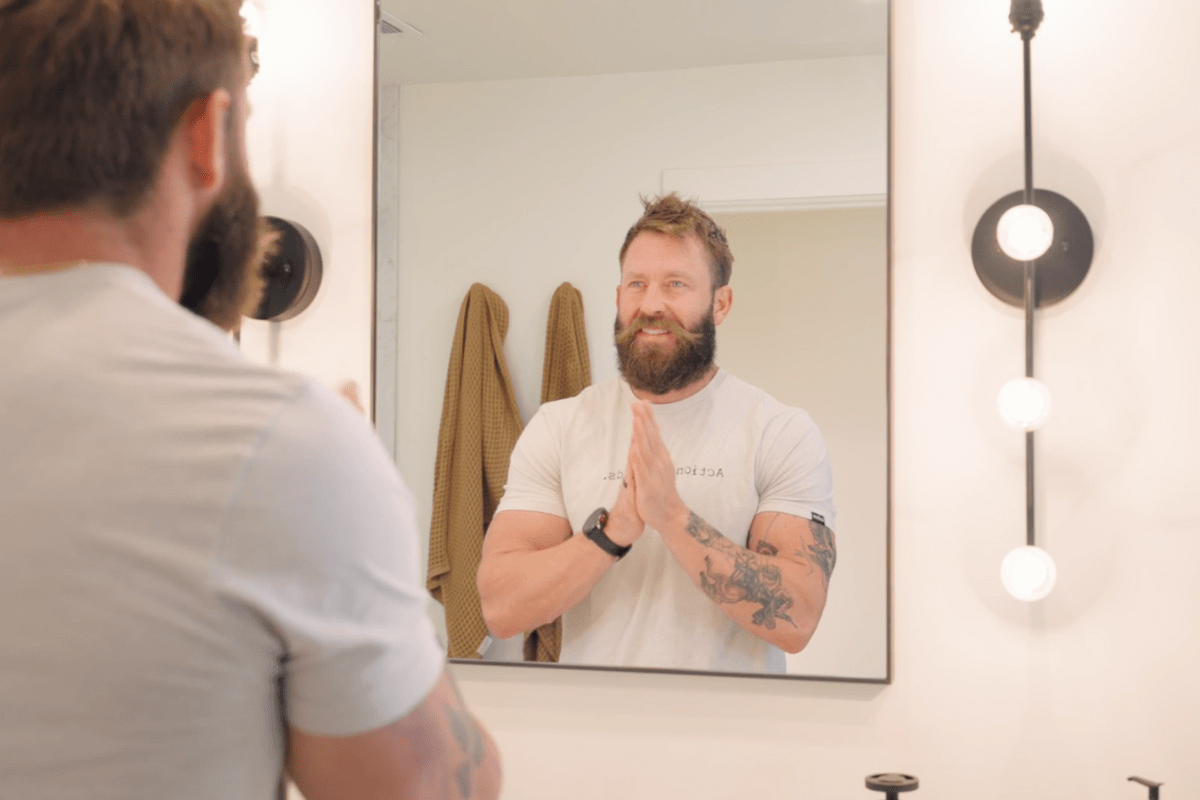Barbershops have long been more than just places to get a haircut — they are cultural institutions that reflect history, style, and community. In the UK, traditional barbershops have a rich heritage that dates back centuries, combining craftsmanship, social connection, and grooming expertise. Understanding this history helps appreciate why British barbershops are experiencing a modern revival today.
1. Origins of the British Barbershop
Barbering in the UK can be traced back to the Middle Ages, when barbers performed a variety of roles beyond haircuts. They were surgeons, dentists, and bloodletters, carrying out medical procedures alongside grooming services. The iconic barber pole, with its red and white stripes, originates from this period — red symbolizing blood and white representing bandages.
Barbers were essential figures in communities, providing services that today are split between medical professionals and stylists. Over time, their role shifted to focus exclusively on grooming and styling.
2. The Rise of the Classic Barbershop
By the 18th and 19th centuries, British barbershops evolved into dedicated spaces for men’s grooming. Shops became places to get haircuts, shaves, and beard trims, often accompanied by straight razor shaves and hot towel treatments.
These barbershops were social hubs where men gathered to exchange news, discuss politics, and build camaraderie. The combination of skilled service and social interaction became a hallmark of British barber culture.
3. Iconic Tools and Techniques
Traditional British barbershops relied on expert techniques and precise tools. Straight razors, barber scissors, combs, brushes, and strops were essential for every cut and shave. These tools allowed barbers to deliver sharp fades, crisp lines, and smooth, clean shaves — skills honed over years of apprenticeship.
Many of these classic techniques are still used today in modern barbershops, offering clients a blend of nostalgia and craftsmanship.
4. The Decline and Revival
In the mid-20th century, barbershops faced competition from salons and home grooming products, leading to a decline in traditional practices. However, over the past decade, there has been a strong revival in the UK. Modern barbershops are embracing their heritage, combining classic tools and techniques with contemporary styling trends.
This revival reflects a renewed appreciation for quality grooming, personal service, and the social atmosphere that traditional barbershops provide.
5. British Barbershops Today
Today, barbershops in cities like Leeds, Manchester, and London balance history and modernity. Leather barber chairs, hot towel shaves, and straight razor trims coexist with trendy fades, beard styling, and premium hair products. The modern British barbershop celebrates skill, style, and community — honoring its rich past while evolving for today’s gentleman.
Final Thoughts
The traditional British barbershop is more than just a place to get a haircut. It’s a symbol of history, craftsmanship, and social connection. By understanding its past, clients can fully appreciate the artistry and culture behind every cut, shave, and style offered in modern UK barbershops.
Visiting a traditional barbershop today isn’t just about grooming — it’s about becoming part of a legacy that has shaped British style for centuries.




